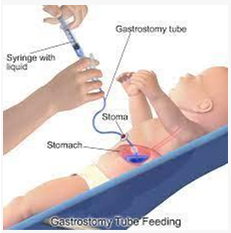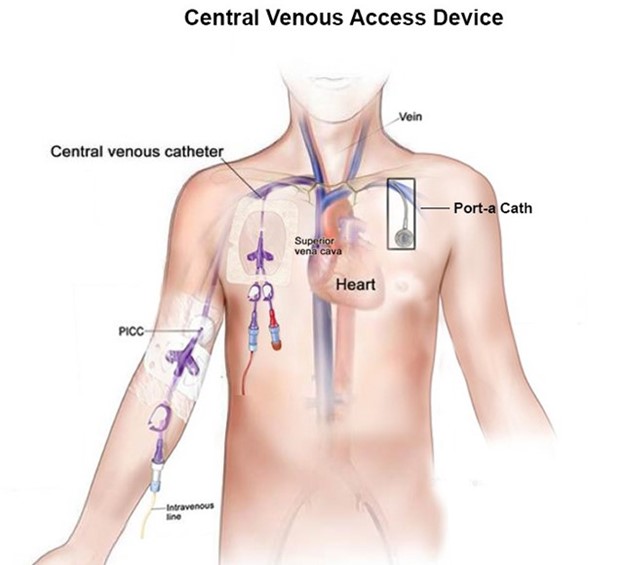A nurse is collecting data from a client who is in renal failure. The nurse should identify that which of the following findings is a manifestation of hyperkalemia?
Dry mucous membranes
Trousseau's sign
Hyperactive reflexes
Irregular heart rate
The Correct Answer is D
Hyperkalemia refers to an elevated level of potassium in the blood. It can have various manifestations, and one of the critical effects of hyperkalemia is its impact on cardiac function. High levels of potassium can disrupt the normal electrical conduction in the heart, leading to arrhythmias or irregular heart rate. These arrhythmias can range from mild palpitations to more severe and life-threatening conditions like ventricular fibrillation.
Dry mucous membranes are more commonly associated with dehydration or reduced fluid intake. Hyperkalemia does not directly cause dry mucous membranes.
Trousseau's sign is a clinical manifestation of hypocalcemia, not hyperkalemia. It is characterized by carpal spasm induced by inflating a blood pressure cuff above the client's systolic blood pressure for a few minutes.
Hyperactive reflexes are commonly seen in conditions such as hyperthyroidism or certain neurologic disorders. They are not directly related to hyperkalemia.
Nursing Test Bank
Naxlex Comprehensive Predictor Exams
Related Questions
Correct Answer is A
Explanation
A- Apply a skin barrier protectant to the site: Using a skin barrier protectant helps shield the peristomal skin from irritation and breakdown caused by gastric contents and formula leakage.
B- Apply water-soluble lubricant to the site: Similarly, applying a water-soluble lubricant to the site is not a routine step in gastrostomy tube site care. Lubricants are typically used during the insertion of the tube or for intermittent tube feedings, but not for routine site care.
C- Tape the tube to the child's cheek: Taping the tube to the child's cheek is not necessary for routine site care. The tube should be secured using a dressing or device designed for gastrostomy tube stabilization, rather than taping it to the cheek.
D.Attaching an extension tube is related to administering feedings or medications rather than the maintenance and care of the gastrostomy site. Site care focuses on protecting the skin and ensuring cleanliness around the tube insertion area.

Correct Answer is B
Explanation
When a central venous catheter (CVC) is inserted, it is essential to confirm proper catheter placement to ensure safe and effective administration of TPN and other medications. A chest x-ray is the gold standard method to verify the correct positioning of the CVC tip. It helps determine if the catheter is appropriately positioned in the superior vena cava or another desired location, which minimizes the risk of complications such as pneumothorax or improper medication delivery.

The other options listed are not appropriate actions for the nurse to take in this situation:
- Verifying the amount of TPN solution the client is receiving every 4 hours is a task related to ongoing monitoring of TPN administration, but it is not directly related to the preparation of the client for CVC insertion.
- Using clean technique when changing the catheter dressing is not appropriate for CVC insertion. Sterile technique is required during the insertion of a CVC to minimize the risk of infection.
- Placing the client in Sims' position is not the appropriate position for CVC insertion. The client is typically placed in a supine or Trendelenburg position during the procedure to facilitate access to the central venous system.
Whether you are a student looking to ace your exams or a practicing nurse seeking to enhance your expertise , our nursing education contents will empower you with the confidence and competence to make a difference in the lives of patients and become a respected leader in the healthcare field.
Visit Naxlex, invest in your future and unlock endless possibilities with our unparalleled nursing education contents today
Report Wrong Answer on the Current Question
Do you disagree with the answer? If yes, what is your expected answer? Explain.
Kindly be descriptive with the issue you are facing.
